Along with Amazon, Google and Facebook, Apple Inc. stands for what is known in the world of technology as the “Big Four”– a term that describes the most successful companies in this realm today.
It can be said that Apple has not only revolutionized our way of communication but it also dictates the contemporary stream of technological progress.
According to Trending This Minute (and many of you would instantly agree), Apple is becoming so influential that the word itself is often associated with the company or Steve Jobs instead of its common signifier, the fruit.
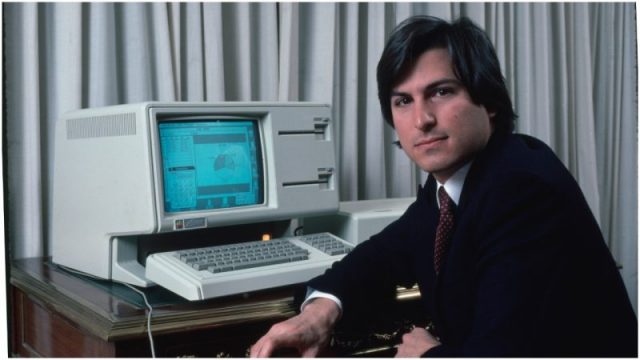
Nevertheless, like many other companies, Apple also started out small by making its first small steps forty years ago, before it finally became a multinational IT giant.
Speaking of first steps, many may wonder what the first Apple computer was like and when it was produced. Here is the answer.
According to Mac History, the early personal computer was the Apple I, or Apple-1. Its creator was Steve Wozniak, Steve Jobs’s friend who handbuilt it and soon after came up with the idea of selling it.
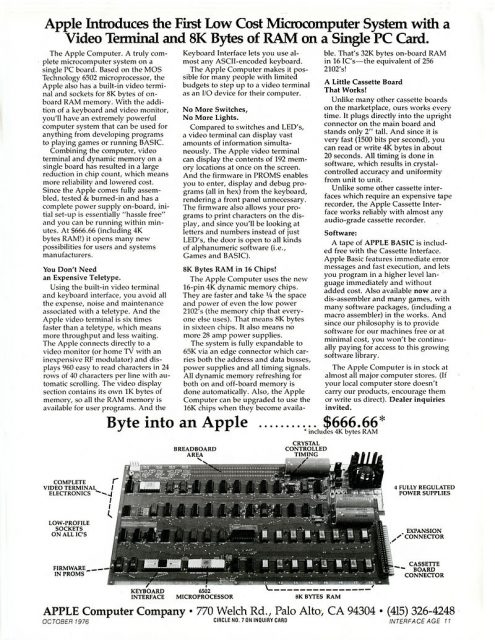
The Apple I was the first product of the Apple company and it was first exhibited at the Homebrew Computer Club in Palo Alto, California in April 1976.
It was initially launched commercially in July the same year at a price of $666.66. The price was determined by Wozniak’s proclivity for repeating digits and because the computer was originally sold to a local shop for $500, so they added a one-third markup.
Wozniak, who often referred to himself as “atheist or agnostic,” said that he was unaware that the price number had Satanic connotations.
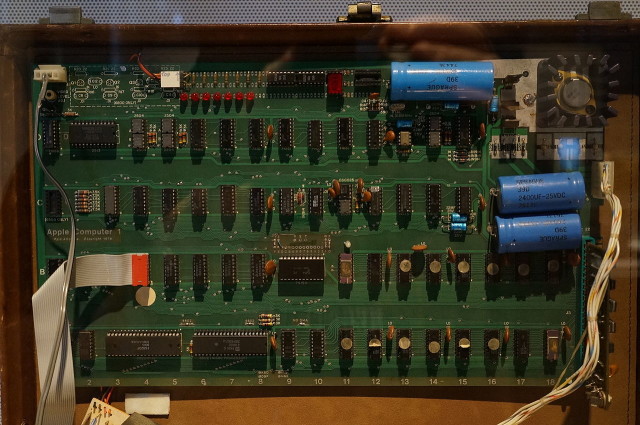
As Mac History explains, the Apple I was a completely assembled circuit board with around 30 chips. Approximately 200 units of this model were produced; the first to be placed in an aluminium housing was used in a high school Math class and then donated to Liza Loop’s public computer center.
In the course of 10 months, 185 units were sold. The computer was not fully equipped, however, so users had to add a power supply, keyboard, display, and a case. Later, the founders released an optional board with a cassette interface for storage, at a cost of $75.
Although the Apple I is often credited as the first fully-assembled PC sold, many would object to this claim, referring to other machines such as Datapoint 2200, MOS Technology KIM-1 or the Altair 8800 — a computer that could be bought in an assembled form with an additional cost.
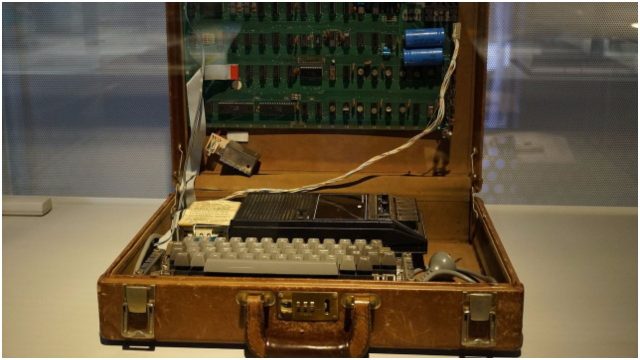
Nevertheless, Apple I had one crucial feature that distinguished it from all the other personal computers — it was the first PC with a keyboard.
Reportedly, Apple I had distinctive built-in computer terminal circuitry. Any user needed only a keyboard and a cheap video monitor.
Back in the day, Apple I was considered a revolutionary machine. Its competitors such as the Altair 8800 were programmed with front-mounted toggle switches and used indicator lights, for example, red LEDs, for output and were in the need of extension through separate hardware in order to connect to a computer terminal or a teletype machine.
Just a year later, Apple II was introduced on the market and Apple I’s price dropped to $475. Despite the company’s new model, the debut computer continued to be sold through August 1977. That same year, Apple began shipping its product and thus made them available for more users.
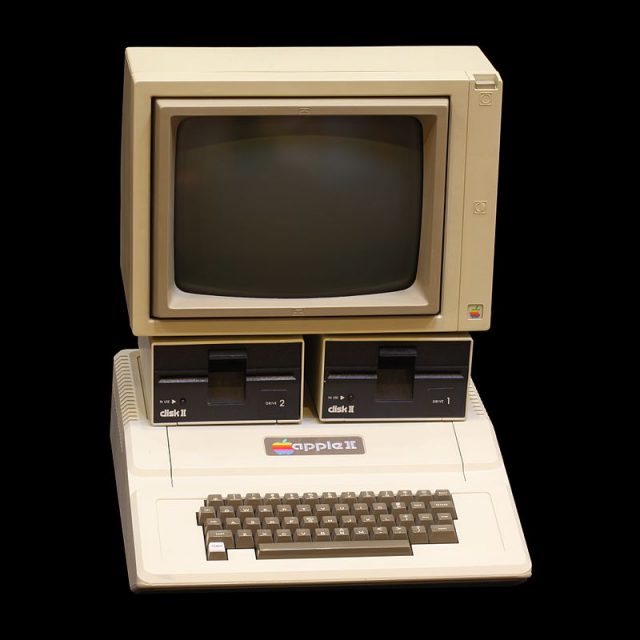
The Apple II is described as being almost identical to its predecessor but it added more RAM, color graphics, sound properties, additional expansion slots and was contained in a carefully designed plastic case with an integrated keyboard. By October 1977, Apple I was on official discount.
In 2008, it was estimated that there are approximately 30 to 50 existent Apple I models, which makes it a rare collectible.
In 1999, an Apple I was sold for $50,000 at auction, however, nowadays, the common price for this model is between $14,000–$16,000.
Read another story from us: A Rare Piece of Antiquity – The World’s Oldest Globe Dates Back to 1492
In 2003, Replica 1 — a clone model of Apple I with compatible software, containing modern features and properties — was released by it’s creator Vince Briel (with permission from Steve Wozniak) at a price of around $200.
